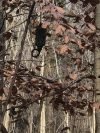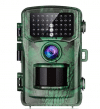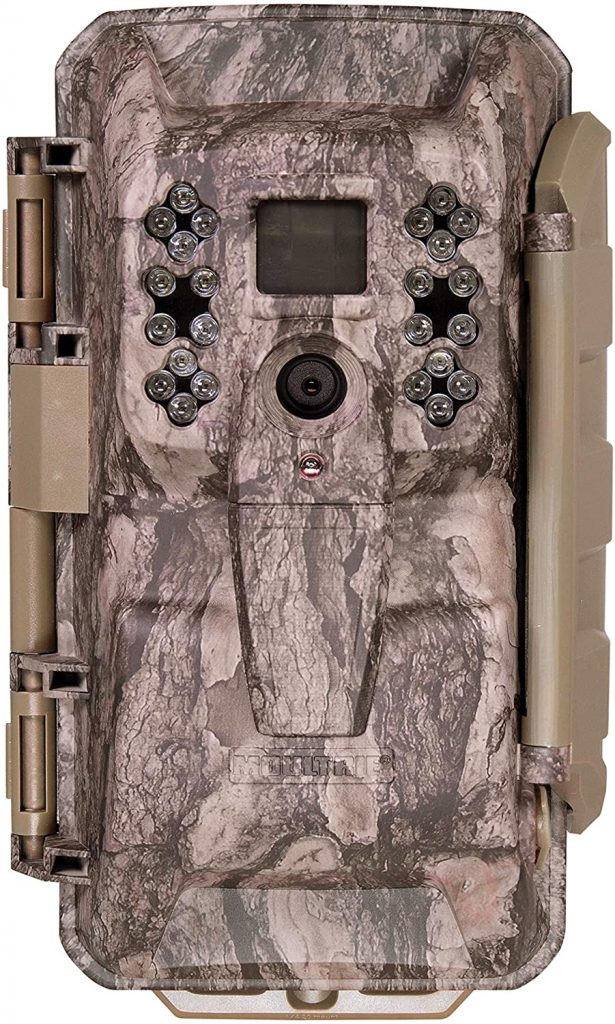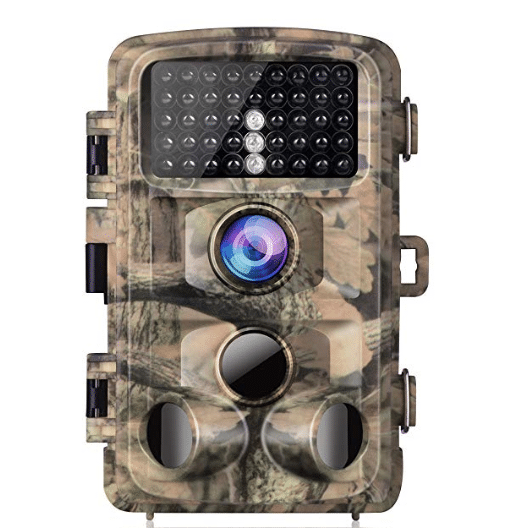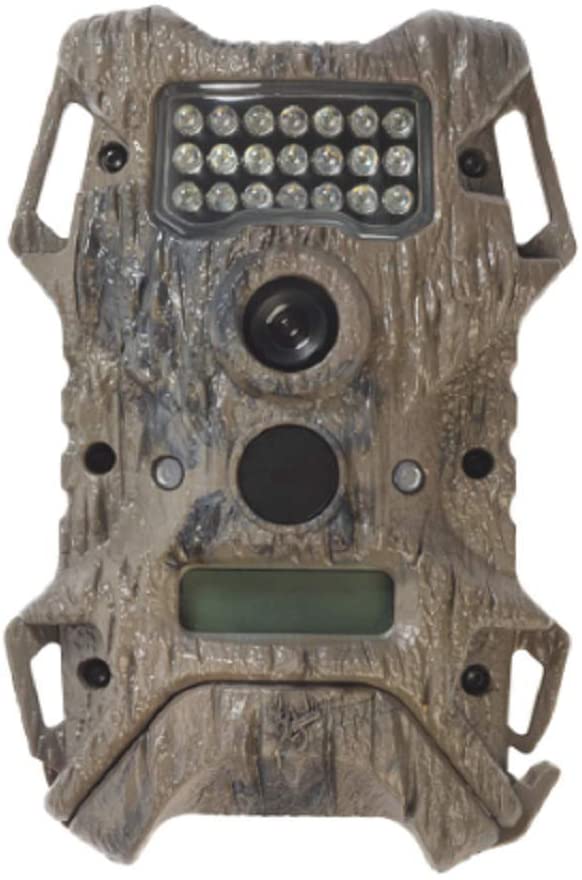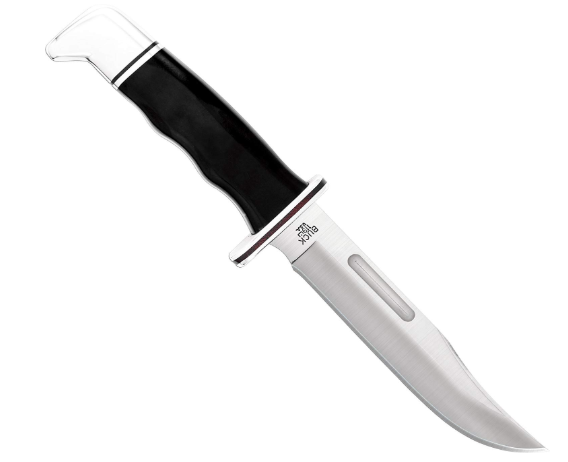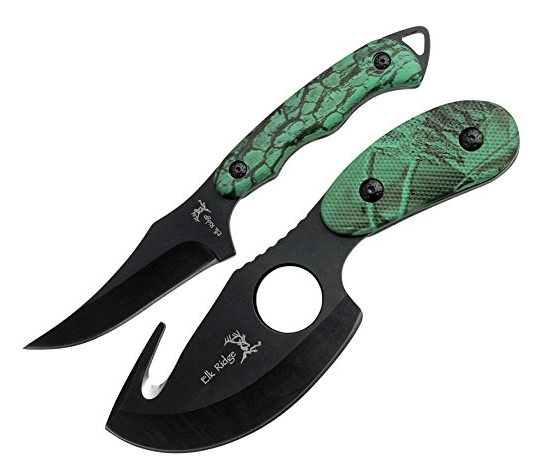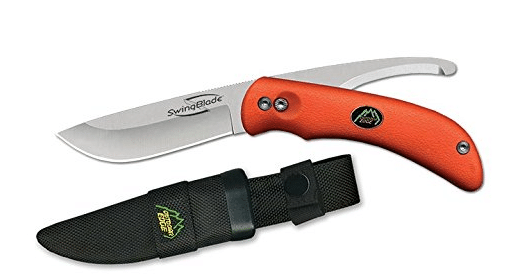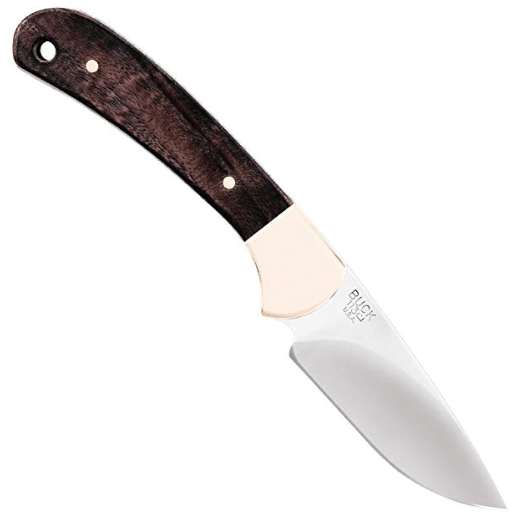What is a mock scrape?
First of all, you may be asking yourself what is a mock scrape, or how to make a mock scrape…..? In the world of “Cervidae” (the scientific name for deer), deer use a scrape to mark their territory and to promote courting activity during mating season. A “scrape” is an area where a male deer (buck) will scrape the ground with his hoof in the shape of a circle and once he has removed all debris he will urinate on the scrape and typically place a large footprint near the center of the circle area that they have scraped away.
Some deer hunters see the value in a mock scrape to kill big deer and in this article, we will teach you how to make a mock scrape. In short, its 3 basic steps:
- Set up a licking branch
- Scrape ground under licking branch
- Set up scent device to keep deer interested in your scrape.
A natural scrape by Whitetail buck will typically be about 30 inches across in diameter. Based on the size of the animal, scrapes can get larger or smaller. As the rut or mating season for deer comes into play (this is typically in the October to November time frame but can vary depending on the region), scrapes become more prominent.
The reason for a natural scrape and the deer habitat is so that a male deer can mark his territory. It lets the female deer know that the buck is available for mating. If the female deer is also interested in mating she will then leave her scent at the scrape site and urinate. When the buck realizes the doe has been in the area, they will look out for one another and eventually mate when the doe is in heat.
Why create a mock scrape?
In terms of creating a mock scrape, this has a few positive impacts on your hunting area. One of which is that a mock scrape can lead another dominant buck to think that there is a buck in the area that he needs to worry about. As a result, he will come by this scrape that you make and also urinate there to deter other deer from coming into his territory. If done properly you can also attract those to the scrape that you make and she will intern urinate at the scrape that you make and attract other bucks to the area that may have not been there before.
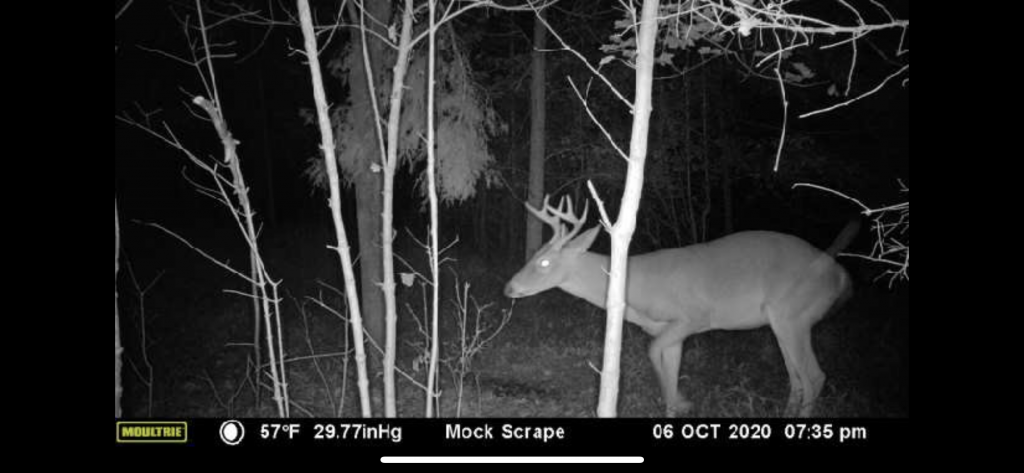
Building your mock scrape:
So let’s get down to the details and I will explain how to make a mock scrape. To make a mock scrape you need three things:
- Mock scrape scent
- A mock scrape dripper
- A licking branch.
I have personally had a lot of success with the scrapes called a “golden scrape”. I will link to it on our resources page. I have also used it with the Magnum Scrape Dripper and had really good luck there as well.
1. Finding the right area for your mock scrape
The first thing you need to do is find an area where you think big deer may be transitioning or coming into an area for the rut. There are many places you can put a mock scrape but I would recommend trying to do it on a logging road, heavy game trail, or a shooting lane. You could also put a scrape on the edge of the field but it may experience less activity than the other options above.
2. Creating “the licking branch”
Once you find the area that you like you will need to find a tree nearby one of these areas and cut off a branch from another tree that is 8 to 10 feet in length. Any tree will work but I have had the most success using cedar or evergreen trees. This branch will hang 5 to 6 feet above the area where your scrape will be. You can tie it or screw it to the tree you are using. Depending on the type of tree that you are focused on you may be able to use the tree’s natural branches instead of hanging an artificial branch out over your scrape.
The purpose of this branch, also called “the licking branch” is to allow the buck and sometimes the doe to release hormones and scent from their facial glands that help attract other deer. But that being said the branch needs to be low enough that the deer can reach it with their face if they are looking up or slightly on their hind legs.
3. Setting up your dripper
Once you have this branch in place you will need to set up your set dripper typically above your licking branch where the drip or will drip onto the scrape you’re going to make on the ground below your licking branch. The magnum scrape dripper I mentioned is manufactured to only drip during the daytime. You will need to fill it up and tie it above your scrape, preferably out of reach from the deer.
Once you’ve got that complete, You will need to get a stick or use your shoe to clear a spot on the ground to represent the scrape from the deer. I would recommend approximately 36 to 40 inches across. If possible have the scrape dripper land in the center of your scrap circle.
Depending on the temperature your scrape set the dripper will last about three weeks, but I would recommend checking it after about two weeks just in case.
To Sum It Up…
In my experience, it only takes about 24 hours for deer to start using and checking out the new scrape. If you have a trail camera, I would recommend placing one 10 to 20 feet away to see what type of bucks are in the area you are hunting.
This is a great way to attract deer and one of the only ways to attract bucks without the use of corn and other feed attractants.
If you can afford it and have enough property I’ll recommend putting up 2 to 3 different mock scrapes in various areas around your hunting property to see what you can find. In my experience even 3 to 400 yards apart you will see different bucks at each site.
While you are here, you may want to check out:
- 5 Best Places To Hang A Tree Stand
- Meet Greg, the Author of Proper Hunting
- Best skinning knives of the year!
Happy hunting, and see you in the woods.
